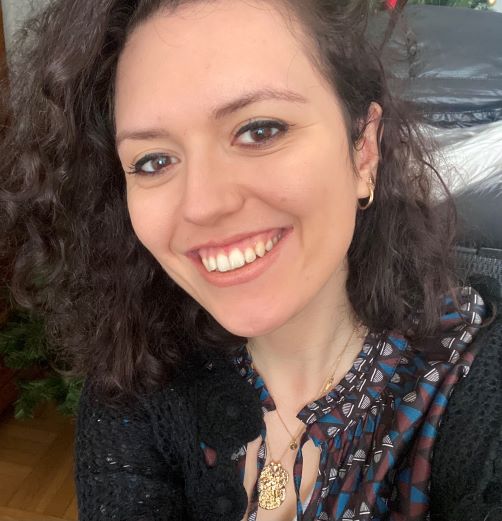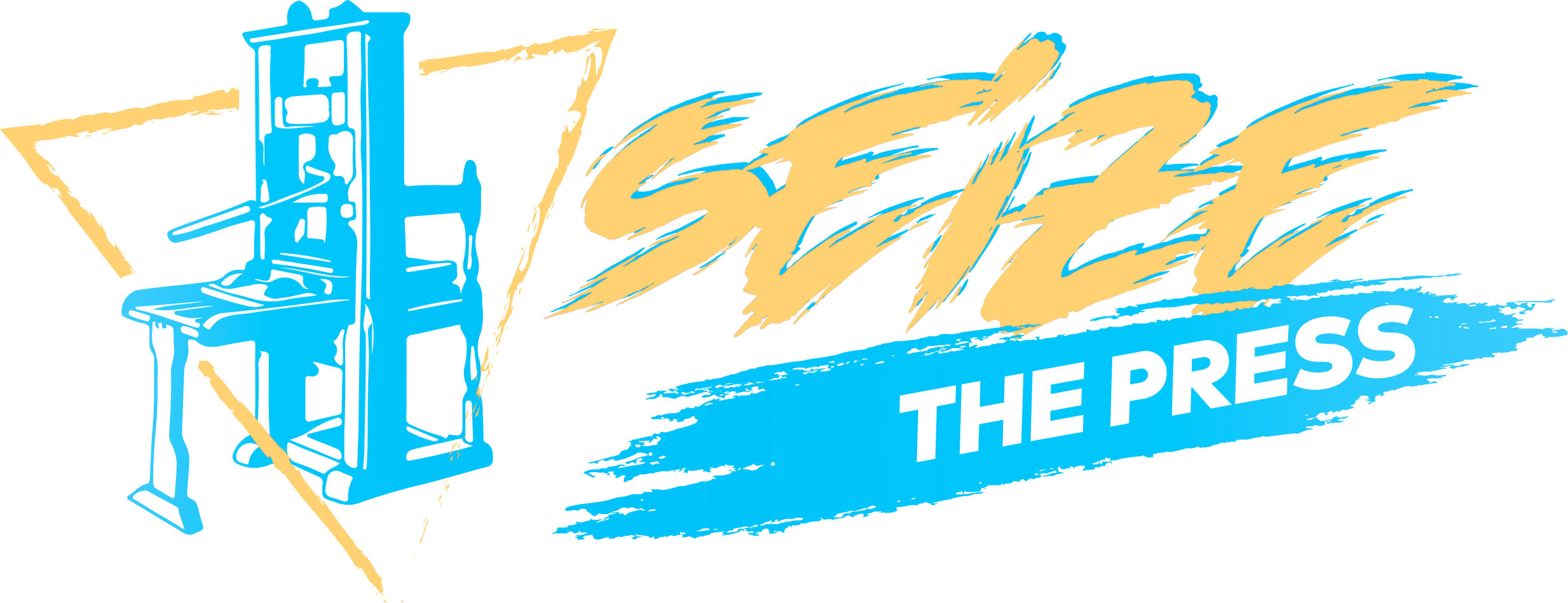There had been a time when people knew that before being ripped away and becoming the land of shadows, dreams, and the abode of immortality, the Moon was home. People said that in her heavy metal core, a remembering of love had made her stay. And in the dark nights, the Moon reminded them of witnessing. But now, she was no longer Selene, Hecate, or Tsukuyomi-no-Mikoto. A Goddess or a God they sang about. The Moon had ceased to be a deity.
The first mission was named Hunter’s Moon, like the full Moon of October. People hardly noticed the sky turning red as hundreds of space shuttles travelled nonstop like flaming spears hurled at prey. For a long while, it seemed as if it was raining upward. But people had stopped looking at the Moon: everyone had their eyes fixed on smaller objects that reflected another kind of light.
The first headlines read: The Moon is made of riches.
In less than a month, all the spacecraft had landed on the Moon and hatched like eggs, pouring their heavy machinery onto her regolith blanket. From the ground, they looked like tiny black dots like those of a strawberry, when in fact they were scraping and gnawing at the Moon’s skin like worms at the pulp of a fruit. Some people tried to say, what about the pregnant women, and the tides, and the poets, to which the majority replied, what about them. Earth’s womb was already empty and cold—she had become motherless. And as the factories kept fattening, the Moon thinned.
The headlines read: The Moon is made of bones.
No one dared to describe the Moon’s new shape or admit she no longer had one. Still, the mining continued to work its way through her bones, crushing and devouring all the way to the core. And it was not a song or a poem that awakened the Moon: it was the first drill that pierced her heart. The Moon awoke, stretching her wounded limbs and emitting a sound that was an animal sound that was a wail that was pain.
One could say that the Moon was angry, truth is she was ravenous. At first, she swallowed the warehouses, the cranes and the drills until everything human-made was gone. Then, like a dragon at the threshold of a village, she demanded more. And people sacrificed what they valued least.
Birds – owls, crows and magpies – were the first to be yielded to the Moon. Then it was the turn of wolves and beavers, of the sinuous snakes and tiny snails. And because the withered soil could not house their roots, people eventually sacrificed the remaining trees. And as the Moon swallowed all, people felt assured and relieved, at least it’s not us.
The headlines read: The Moon is made of fur and feathers and pine needles.
The more the Moon swallowed, the more she grew and demanded. When nothing was left for the Moon to eat, people grew afraid and started to gather water from the shallow lakes, the bare rivers and the warm seas to placate her hunger. And the water fell on the Moon, replacing her grey blanket that had been ripped off by the machines.
The last headlines read: The Moon is blue: it resembles something we once had.
On the last day, when people realized that all that remained was them standing on the dusty, rocky ground, they heard the last sound of the Moon.
Some thought it was the sound of a myriad of feet stamping on the ground on all fours. Others thought it was the flapping of wings, the cawing of crows, the movement of the snail on the ground—of a crab on the sand. The wind rustling through the leaves, the waves crashing on the rocks.
Some said it was a laugh of joy. Some said it was a cry. Or perhaps it was simply life.
Then all went quiet as the Moon crouched on her hind legs and, with a leap, jumped into the void, slipping away like a fox.
And now, during the moonless nights, people beg the vastness of the sky to tell them where their home rises—but all they hear is the echo that carries the question back to them.

Gessica Sakamoto Martini
Gessica Sakamoto Martini (she/her) holds a PhD in Evolutionary Anthropology from Durham University (UK), where she studied the evolution of Cinderella. Her work has been published in Corvid Queen and featured in Alternative Stories & Fake Realities podcast. She can be found on Twitter at @GJMartini talking about folklore and fairytales symbolism. She is currently based in Italy.
